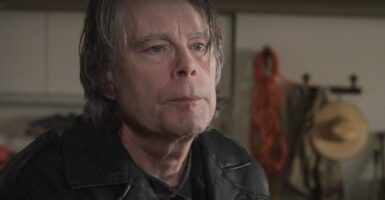Bring Back Actual Movie Creatures
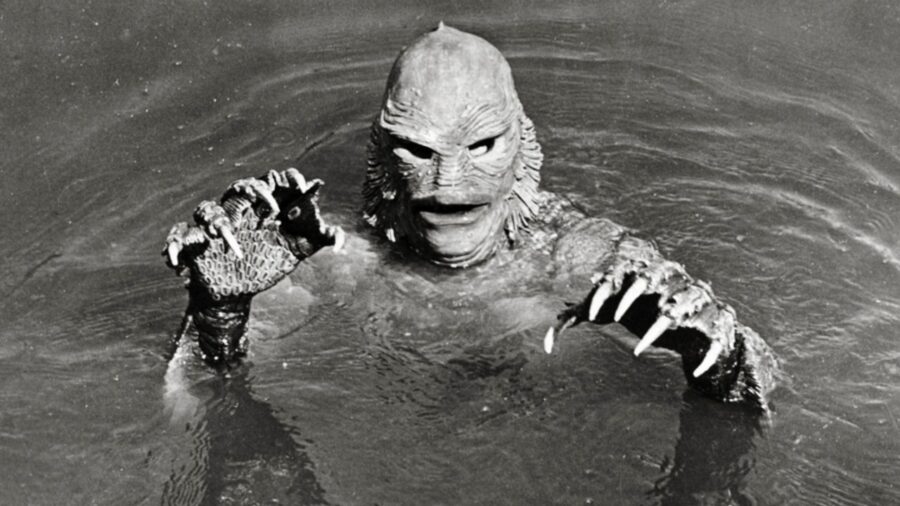
In an era where film studios seem to rely exclusively on CGI to bring to life the creatures from the imagination of the screenwriters, practical effects are in danger of becoming a lost art. Though the movie creatures in recent films Godzilla Minus One and Avatar: The Way of Water shows just how well-evolved digital creations have become, there is a lot to be said about someone who can transform a real person into an onscreen monster. Actual movie creatures have been a part of cinema since the beginning, and it’s time to normalize using them again.
Iconic Monsters
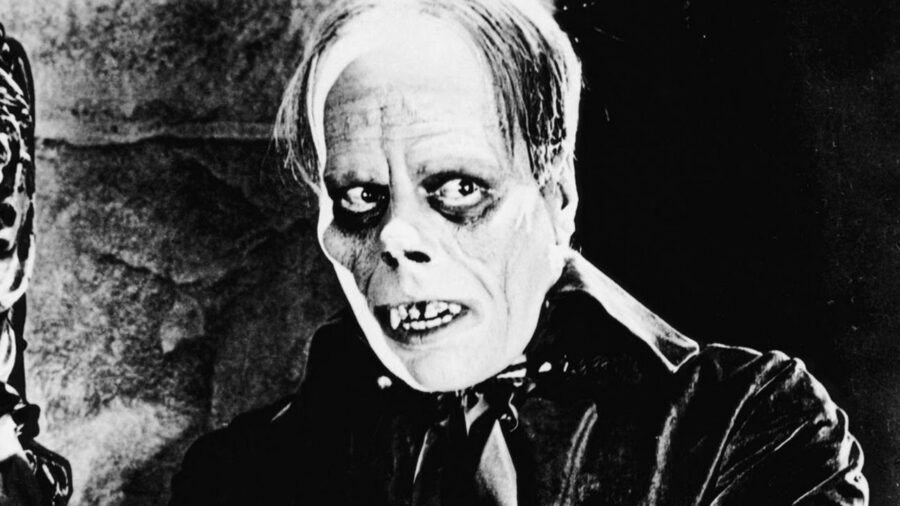
The horror genre is the most regarded for using movie creatures. One of the most notable examples of an actor being transformed into an onscreen terror is Lon Chaney, Sr., the silent movie star whose portrayals of hideous beings in The Hunchback of Notre Dame, The Phantom of the Opera, and London After Midnight are still chilling a century later. Beginning in 1931, the iconic Frankenstein’s monster makeup took actor Boris Karloff and made him into the movie creature that most cinephiles associate with the Mary Shelly character.
Early CGI Doesn’t Hold Up
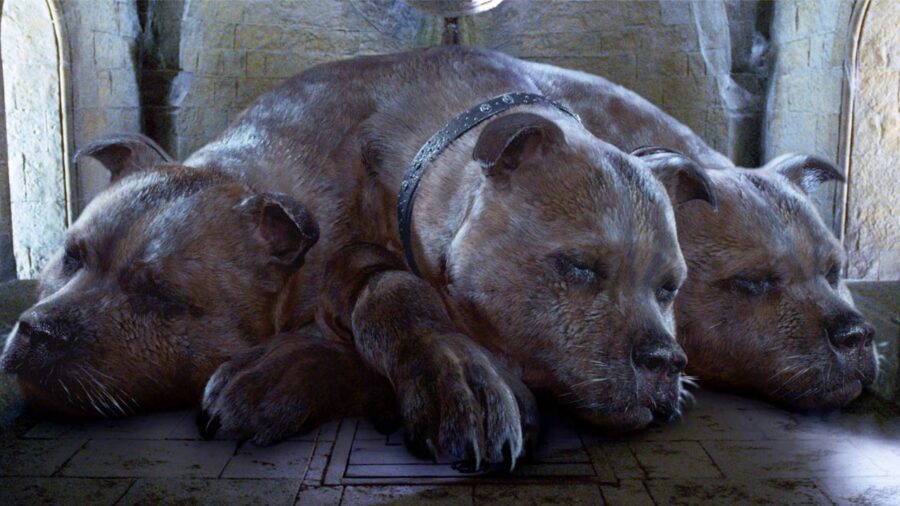
While there are many laughable examples of poorly executed movie creatures spanning multiple genres of film over the years, it’s important to understand that these filmmakers were doing the best they could to bring beings to life with the technology they had available to them. Keeping that in mind, there are a great number of examples of big-budget films that used early CGI technology that are equally laughable when we look back.
The CGI creatures from Harry Potter and the Sorcerer’s Stone are much less realistic than what they would have been if the special effects and makeup were used on actual persons and movie creatures constructed from actual material instead of pixels.
Practical Work Can Be Timeless
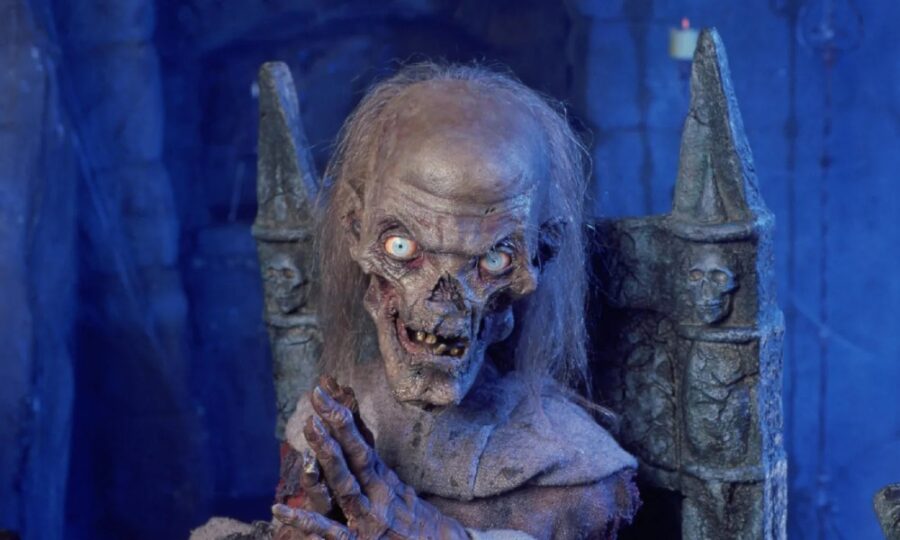
One of the most memorable movie creatures from my childhood was the Crypt Keeper from the HBO horror series Tales from the Crypt. The genius behind this creation was Kevin Yagher, who also brought the terrifying Chucky doll to life in Child’s Play. When I think of these horror characters being represented by a CGI version, a little part of my childhood dies.
Shifting Back To Practical
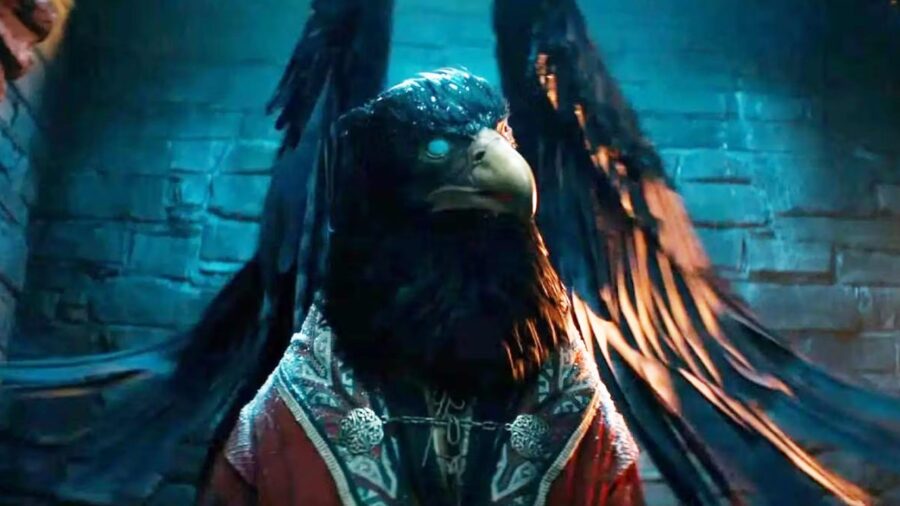
Thankfully, there are some filmmakers out there who remain dedicated to using practical effects in at least part of their productions. Christopher Nolan is among the most adamant, giving his film Inception a rotating stage, working with a special effects team to flip a vehicle in The Dark Knight, and using real explosives in the Academy Award-winning film Oppenheimer. In recent years, The Shape of Water and Dungeons and Dragons: Honor Among Thieves have stayed true to the tactile transformations of actors into movie creatures to well-deserved critical acclaim.
CGI Isn’t Always Better
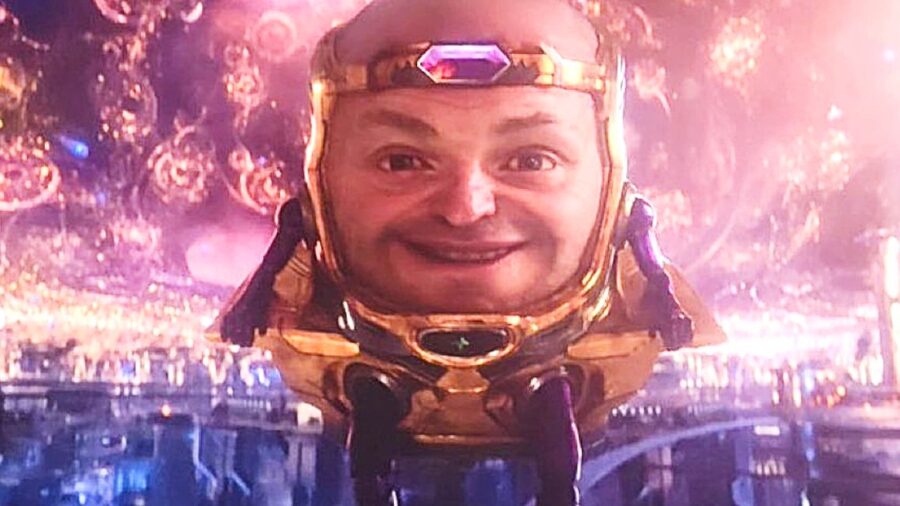
CGI technology continues to evolve, it becomes more important than ever for filmmakers to stay true to the art of bringing movie creatures alive with practical effects, makeup, and robotics. The real deal almost always looks better than what a computer program can churn out, and these onscreen characters serve as an artistic stamp of approval by all of us who appreciate the authenticity and cinematic integrity they put on screen.










